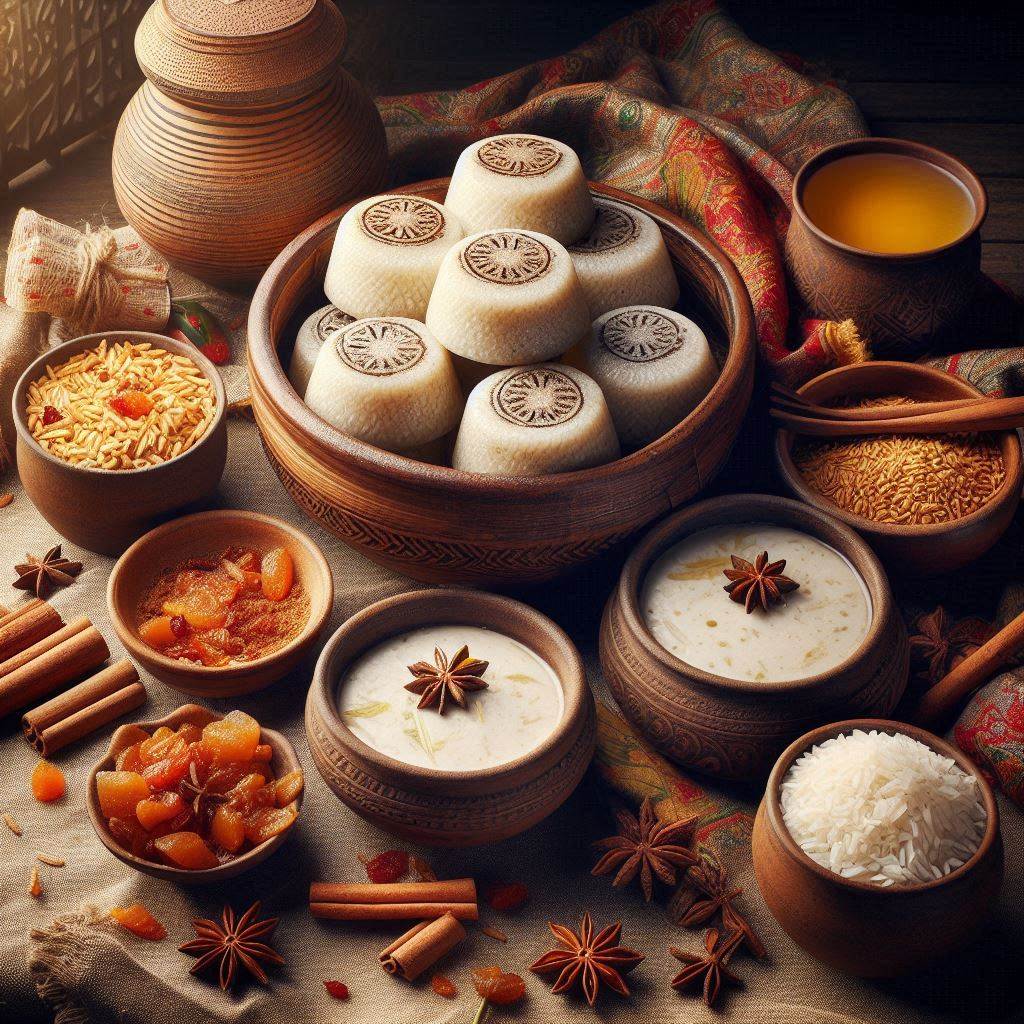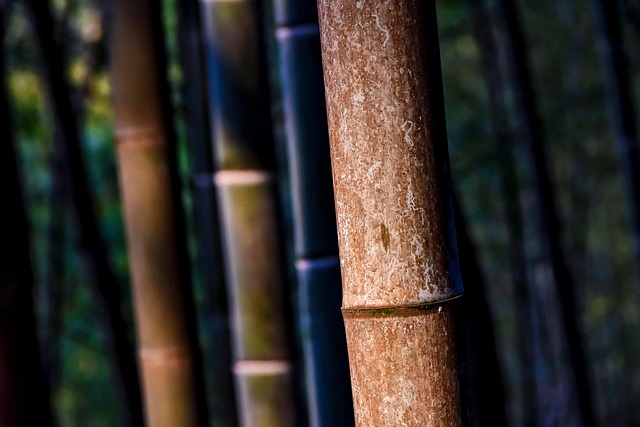Assamese pitha, a traditional rice pudding, is a symbol of celebration, culture and tradition in Assam. These rice-based delicacies
are a staple during festivals like Bihu and are prepared in various forms, from sweet to savoury. Pithas are not just food but also
a link to the rich heritage of Assam, often served during celebrations and family gatherings. Let us delve into the world of Assamese pitha, its varieties and how these humble rice puddings have become a timeless part of Assamese culinary culture.
What is Assamese Pitha?
Pitha refers to a variety of rice cakes made from glutinous or sticky rice, with fillings or toppings made from ingredients such as coconut, sesame seeds, jaggery or sugar. The process of making pitha involves soaking the rice, grinding it into a fine powder, and
then shaping or molding the pitha according to a recipe. Assamese pithas are often enjoyed with black tea or as a festive snack.
Importance of Pitha in Assamese Culture
In Assam, pithas play a central role during Bihu, especially during the harvest festival known as Magh Bihu or Bhogali Bihu. These
rice cakes symbolise the joy of the harvest, when families come together to prepare various types of pithas. Making pithas is often
a communal event, where people come together to share joy and food.
Apart from Bihu, pithas are also prepared on special occasions such as weddings, religious festivals and family gatherings, making
them an essential part of the Assamese culinary tradition.
Different Types of Assamese Pitha
Assamese cuisine offers a wide range of pithas, each unique in flavor and preparation. Below are some popular varieties of pithas that
you must try:
1. Til Pitha
Til Pitha is one of the most popular Assamese pithas. It is a cylindrical rice cake filled with toasted sesame seeds and jaggery. The
rice is ground into a flour and rolled into thin sheets, encasing the sweet and crunchy filling. When fried or roasted, Til Pitha
becomes crispy on the outside while remaining soft on the inside, creating a perfect balance of textures.
2. Ghila Pitha
Ghila Pitha is a mildly sweet fried rice cake, usually round or oval in shape. The dough is made from soaked rice, mixed with jaggery or sugar, rolled into small balls before being fried. Ghila Pitha is often enjoyed at teatime and is especially popular in rural areas of Assam.
3. Tekeli Pitha
Tekeli Pitha is a steamed version of pitha, made from rice and coconut flour, often sweetened with cane sugar. It is called Tekeli Pitha because it is traditionally steamed in an earthen pot called a ‘tekeli’. This soft, melt-in-your-mouth pitha is an absolute favourite during Magh Bihu celebrations.
4. Sunga Pitha
Sunga Pitha is made by stuffing sticky rice into bamboo tubes and roasting them over an open fire. This unique cooking method gives
the rice a smoky, earthy flavor that many people love. Sunga Pitha is often served with mustard oil and palm sugar or with curries,
making it a versatile and filling dish.
5. Xutuli Pitha
Shaped like a traditional Assamese musical instrument called a ‘xutuli’, this pitha is filled with coconut and jaggery. The outer
shell is made of rice flour and after filling, the pitha is baked or roasted. Xutuli pitha is known for its delicate shape and beautiful presentation.
How to Make Assamese Pitha: Til Pitha Recipe
Here’s a simple recipe to make Til Pitha, one of the most loved varieties of Assamese pitha.
Ingredients:
- Rice flour – 2 cups (preferably sticky rice flour)
- Black sesame seeds – 1 cup
- Jaggery – ½ cup (grated)
- Water – as needed
- Oil – for greasing the pan
Instructions:
- Prepare the Filling: Roast the black sesame seeds in a pan on medium heat until they are slightly fragrant. Remove from heat and mix the roasted seeds with grated jaggery. Set aside.
- Make the Dough: Gradually add water to the rice flour and knead until you get a smooth, non-sticky dough. It should be firm enough to roll into thin sheets.
- Shape the Pitha: Roll out small portions of the dough into thin, rectangular sheets. Place a small amount of the sesame-jaggery mixture at one end of the sheet and roll it tightly.
- Cook the Pitha: Heat a flat pan or tawa and grease it lightly with oil. Place the rolled pithas on the pan and cook them on medium heat, rotating them until all sides are golden brown and crispy.
- Serve: Serve the Til Pithas warm with tea or as a snack.
Health Benefits of Assamese Pitha
Pithas are made from simple, wholesome ingredients like rice, sesame seeds, and jaggery, making them a healthy addition to your diet.
- Rice is a good source of carbohydrates, providing energy for the body.
- Sesame seeds are rich in healthy fats, protein, and minerals like calcium and iron.
- Jaggery is packed with essential nutrients, including iron, which promotes better digestion and boosts immunity.
These ingredients combined make pitha not only delicious but also nutritious.
Assamese Pitha: A Culinary Treasure
Pitha is more than just a food; it represents a rich cultural heritage passed down from generation to generation in Assam. From sweet pithas like Tekeli Pitha and Til Pitha to savoury variations, each one offers a unique flavour that speaks to the core of Assamese
culinary traditions. Whether you enjoy them during Bihu or simply enjoy them with tea, Assamese pithas are sure to tantalise your taste buds and leave you wanting more.
Final Thoughts
Assamese pithas hold a special place in the hearts of the people of Assam, symbolizing tradition, community, and unity. These rice
cakes are a must-try if you want to experience the diverse flavors of Assam. So, the next time you crave something unique, indulge
in a batch of Assamese pithas and experience a piece of Assamese culinary history.
Click :- www.nutritionalgrowth.com
Linkedin :- Click


